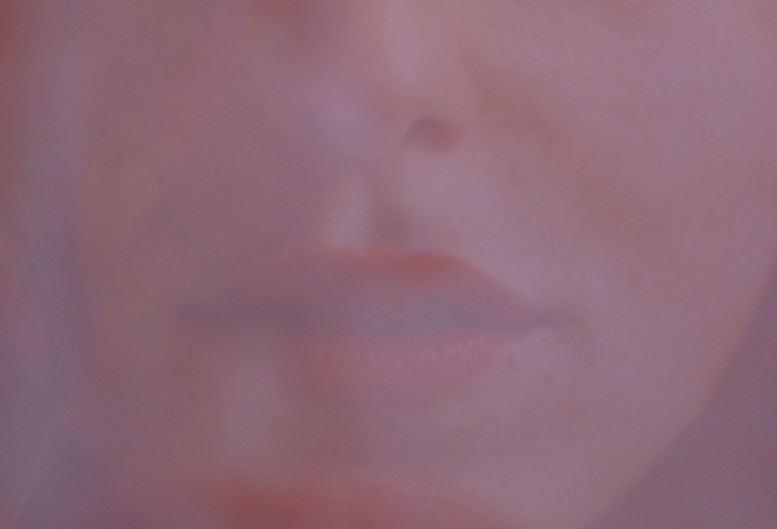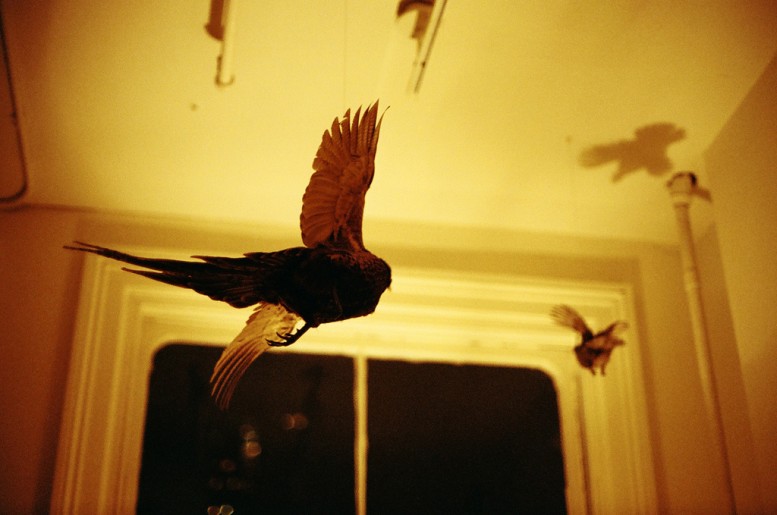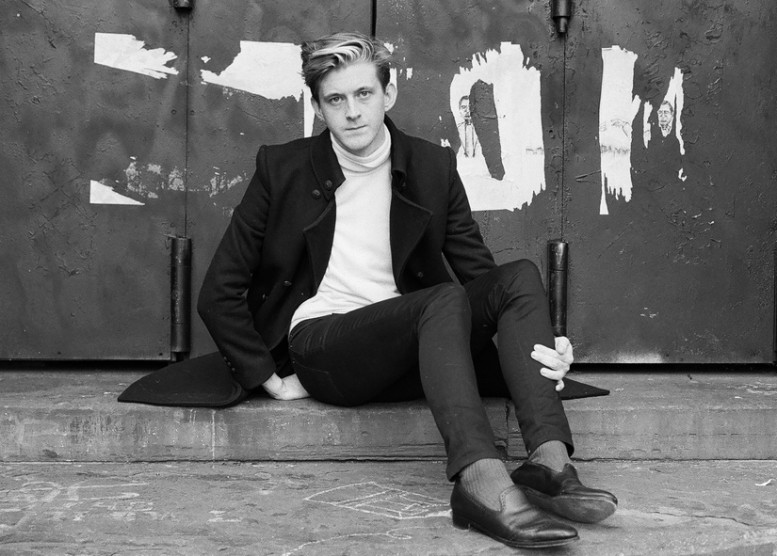interview by Oliver Kupper
From June 26 to 28, 2025, chef Walid Sahed and fashion designer José Lamali present BARBARE, a multidisciplinary artistic project at the Book Bar in the Hôtel Grand Amour in Paris. Blending fashion, food, and storytelling, BARBARE is a three-night celebration of the duo’s shared Amazigh heritage—an intimate encounter between tradition and contemporary expression. The project was born from a dialogue between two creative practices: the kitchen and the atelier. For Walid Sahed, cooking is a deeply human act, shaped by memory, migration, and material. Born in Algiers and raised in Pantin, Sahed is the founder of the beloved neighborhood restaurant Les Pantins. His journey has taken him from the kitchens of the Stafford Hotel in London and Le Bristol in Paris to far-flung kitchens in Melbourne and Delhi, experiences that inform his generous, worldly, and emotionally resonant cuisine. Grounded in French culinary craft and open to global influences, Sahed creates food that speaks of belonging and transformation. José Lamali, co-founder of the fashion-art label Études Studio and current artistic director of Aigle, brings a parallel sensitivity to material, memory, and reinvention. A Franco-Moroccan designer whose practice began with secondhand clothing, Lamali’s work blends urban aesthetics with minimal structure and conceptual depth. Over the past decade, he has redefined French fashion through more than 20 Paris Fashion Week shows and, more recently, through his leadership at Aigle—where he has reimagined the brand’s outdoor heritage with a focus on sustainability and transmission. A recent foray into culinary studies marks his growing interest in the sensorial and ritual aspects of creation. Together, Sahed and Lamali have imagined BARBARE as a living installation—where traditional Berber flavors, garments, gestures, and stories unfold in a contemporary setting. The evenings will feature a menu inspired by North African cuisine, including mechouia salad, a light chicken tajine, and other seasonal dishes. Guests are invited to share in an immersive experience that honors the past while celebrating transformation, hybridity, and cultural resilience. BARBARE is not only a tribute to Amazigh identity—it is a space of exchange, warmth, and creation where roots become routes, and where tradition and modernity meet at the table.
OLIVER KUPPER: Since your Amazigh roots are the origin of this unique culinary experience, maybe we can start with both of your personal histories and how they have influenced your practices.
WALID SAHED: I was born in Algiers (Algeria) in 1986. Both of my parents were born in the Atlas Mountains and belong to the Kabyle ethnic group, which is one of the many groups that make up the larger Amazigh (Berber) people—natives of North Africa. My roots have always influenced my practices and my worldview, but this is the first time I’ve created a project that expresses part of my Amazigh identity.
JOSÉ LAMALI: I’m a French-Moroccan designer. I founded Études Studio and was later named artistic director at Aigle. I’ve spent over a decade shaping a visual and narrative-driven approach to fashion—a journey that’s far from over. While I remain fully engaged in the world of fashion, I’m also drawn to multidisciplinary practices. With Barbare, I continue exploring themes of identity and transmission through food, alongside my friend Walid Sahed. My Amazigh roots, through my father, who was born in Morocco and came to France in 1968, are a quiet but constant source of inspiration in everything I do.
KUPPER: Can you tell us how this inspired the collaboration?
SAHED: With José, we wanted to honor our roots and bring them to the forefront. We also wanted people to understand that the Amazigh people are native to North Africa—from Libya to Morocco, across the Sahara Desert. It’s a vast culture that is too often forgotten.
LAMALI: This collaboration is about celebrating where we come from—not through clichés, but through culture, nuance, and emotion. The name Barbare comes from the word once used by invaders to describe North African people they didn’t understand—seen as “savages.” It’s from this word that Berbère later emerged. But these people called themselves Amazigh, which means “free human.” We carry that freedom in us. Our identities are layered, and rather than explaining them, we let them speak through what we create. Barbare is simply a joyful, creative expression of that richness.
KUPPER: Can you talk about the marriage of food and fashion?
SAHED: For this collaboration, we imagined a kind of exchange in which each of us stepped into the other’s world. José entered my culinary world to co-create a menu, and I entered his world to design unique T-shirts.
LAMALI: For me, fashion and food are both intimate ways of expressing my sensitivity. As an art director in fashion, I work with shape, rhythm, and emotion—building visual narratives. With Barbare, I’m not a chef, but I approach food with the same instinct: creating moments that carry meaning, memory, and presence. It’s just another way to tell a story—one you can feel and, this time, taste.
KUPPER: What can we expect from this pop up?
SAHED: A genuine moment of sharing. It will be a tribute to who we are: French, Amazigh, Algerian, and Moroccan. Food is the most universal thing in the world, but it can also be a window into history and identity. With this pop-up, we want to bring a native North African vibe to the table.
KUPPER: How did you two meet originally?
SAHED: I met José a few years ago at my restaurant in Pantin. He used to come with his wife and kids. I immediately connected with his energy.
LAMALI: I used to come into Pantin with my wife and kids—he says it was my energy, but really, it was his. And his sausage with potato purée.
KUPPER: How does Paris influence your practices - as a city rich with culinary expectations but also one with a rich multicultural fabric?
SAHED: Paris is incredibly inspiring—a truly creative city full of diverse influences. I believe we should pay more attention to the cultures shaped by France’s colonial past. These cultures push us forward and keep our identity evolving. It’s a vast heritage that I love working with.
LAMALI: Paris has always been at the heart of my work in fashion—it’s a city where style, culture, and ideas come together naturally. It’s also a place where food and identity are deeply linked. What I love about Paris is that it’s not just a capital of taste, it’s a space where different cultures meet and mix every day. That richness quietly shapes everything I do—in fashion and now through Barbare.
KUPPER: In a world of conflict, how can interdisciplinary practices and collaborations like this carve a path to hope for the future?
SAHED: I believe our differences make society richer and more dynamic. Collaborating and sharing across disciplines is a way to send a message of hope. That’s exactly what we’re trying to do. With this collaboration, we wanted to highlight a part of our culture that contributes to our shared identity. Having multiple cultures in one society is a gift—and we’re proud of it.
LAMALI: I couldn’t have said it better — it’s all about sharing, connection, and showing how diversity can be a source of beauty and strength.
Reservation at 01.44.16.03.30 or online Book Bar, Hôtel Grand Amour 18 rue de la Fidélité. On June 26th, Autre will be celebrating the release of its DESIRE issue at The Book Bar from 6pm to 8pm with special guests Mia Khalifa and Nick Sethi. Light bites and drinks will be complimentary. For full dinner service, make a reservation above.






















